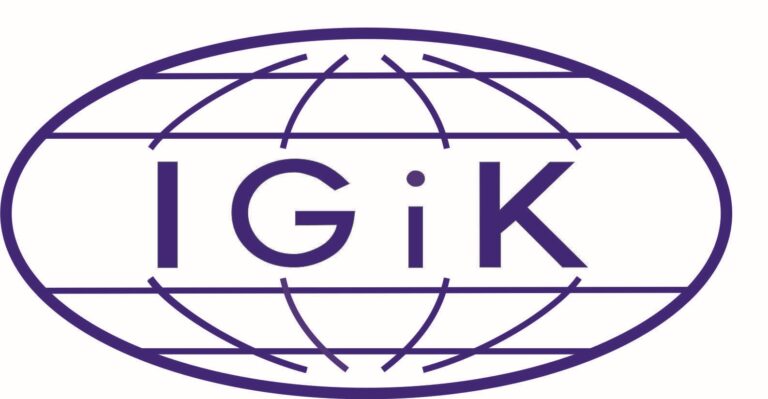Radar interferometry of permanent reflectors (see the DefSAR project) is a research method based on a series of radar images that allows for the monitoring of slow movements of the terrain or infrastructure located on it at points called permanent reflectors. These points are usually located in built-up areas (e.g., on roofs and facades of buildings) and are characterized by strong and stable reflection of radiation back toward the satellite radar antenna. The density of such points (and thus measurements) in built-up areas can vary from several hundred to even several thousand points per km2, depending on the type of development and the type of radar imagery used for analysis (free Sentinel-1 data or commercial high-resolution data, e.g., TerraSAR-X, COSMO-SkyMED or ICEYE). The frequency of measurements, which is practically simultaneous for the entire study area, which may cover, for example, a large urban agglomeration, depends on the frequency of radar image recording, which at present, depending on the satellite system used, may be several days and in extreme cases even hours (e.g., ICEYE). The accuracy of measurements when processing the entire data set ranges from 1 to 3 mm, depending on the satellite system used (mainly the ground resolution of the images). Radar interferometry is currently the only method that allows for the monitoring of slow terrain deformations over such a large area with such a high density and frequency of measurements, while maintaining a very high accuracy of these measurements, especially when using high-resolution radar imagery. This method is suitable both for the analysis of historical deformations (for the area and period for which radar data are available) and for ongoing monitoring with a product update frequency tailored to the customer’s needs.
Measurements from interferometric analyses can be integrated with measurements from permanent GNSS stations, which allows for an additional increase in the accuracy of the proposed solution over long distances and linking to the existing reference system. A system built in this way also allows, if necessary, the linking of archival and current measurements carried out using precise levelling methods within a single database and reference system.
Advanced multi-temporal interferometry techniques using distributed scatterers also allow, albeit with slightly lower accuracy, deformation measurements in areas outside built-up areas (Geo4IRBM Project), e.g., in agricultural areas. They are used in areas such as monitoring landslide deformation and soil erosion, or allow for denser measurements in more traditional applications, such as monitoring deformation related to mining activities.


